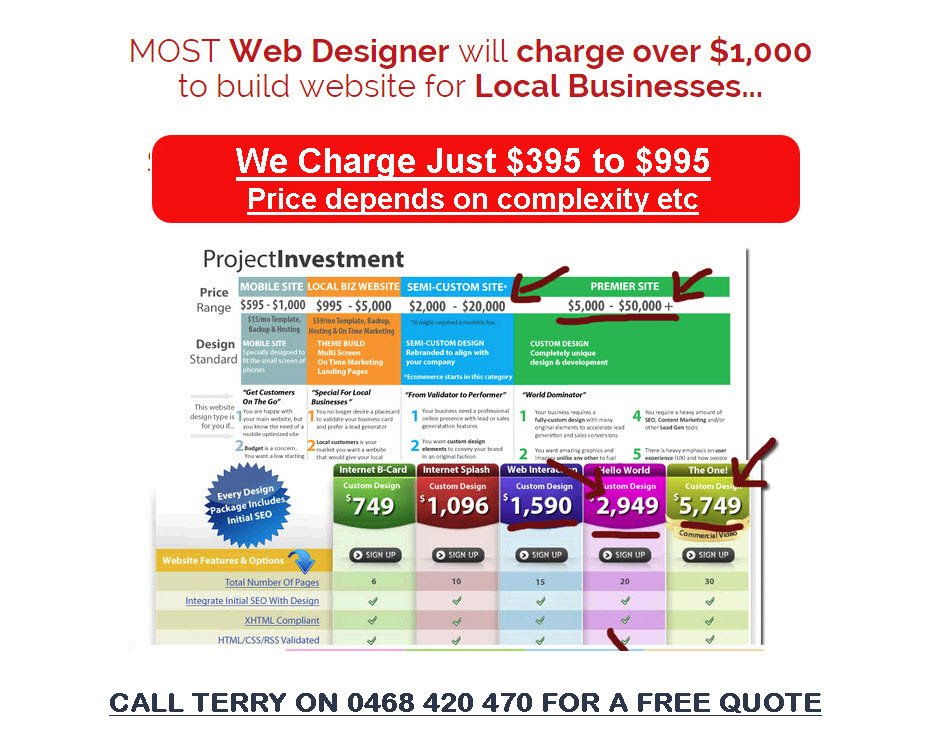Guide to WordPress Themes: Everything You Need to Know
Introduction to WordPress themes
WordPress is a popular content management system (CMS) that allows users to create and manage websites easily. One of the key features of WordPress is its ability to use themes, which dictate the overall design and functionality of a website. In this Guide to WordPress Themes, we will explore everything you need to know about WordPress themes.
What are WordPress themes?
WordPress themes are sets of files that control the visual appearance and layout of a website. They include templates for different types of pages, such as the homepage, blog posts, and contact forms. Themes also determine the style of fonts, colours, and other design elements used on the site.
Types of WordPress themes
There are various types of WordPress themes available to suit different needs and preferences. Some popular types include:
- Blog themes: These themes are specifically designed for bloggers and focus on presenting content in a clean and organized manner. They often include features such as customizable post formats, social media integration, and comment sections.
- Business themes: Business themes are tailored for corporate websites and online stores. They typically have built-in e-commerce functionality, customizable homepage sections, and integration with popular business tools.
- Portfolio themes: Portfolio themes are ideal for showcasing creative work such as photography, graphic design, or art. They usually feature image galleries, portfolio templates, and customizable layouts to highlight the artist’s work.
- Magazine themes: Magazine themes are suitable for websites that publish a large amount of content on a regular basis. They include features such as multiple post layouts, featured content sections, and advertising integration.
Features to look for in a WordPress theme
When choosing a WordPress theme, it’s important to consider the features that will be essential for your website. Here are some key features to look for:
- Mobile responsiveness: With the increasing use of mobile devices, it’s crucial for your website to be mobile-friendly. Look for themes that are responsive and adapt well to different screen sizes.
- Customization options: A good WordPress theme should offer a wide range of customization options, such as the ability to change colours, fonts, and layouts. This will allow you to create a unique and personalized website.
- SEO optimization: Search engine optimization (SEO) is essential for driving organic traffic to your website. Choose a theme that is optimized for SEO, with features such as clean code and fast loading times.
- Plugin compatibility: WordPress has a vast library of plugins that can enhance the functionality of your website. Ensure that the theme you choose is compatible with popular plugins, such as contact forms, social media sharing, and e-commerce tools.
Choosing the right WordPress theme for your website
Selecting the right WordPress theme is crucial for the success of your website. Here are some steps to help you make the right choice:
- Define your website goals: Start by identifying the purpose and goals of your website. Determine the type of content you will publish, the target audience, and the desired functionality.
- Research and compare themes: Explore different theme marketplaces and websites to find themes that align with your goals. Read reviews, check ratings, and compare features to narrow down your options.
- Preview and test themes: Most theme marketplaces allow you to preview themes before purchasing. Take advantage of this feature to see how the theme looks and functions. Test different demo versions to ensure it meets your requirements.
- Consider support and updates: Look for themes that offer regular updates and support from the theme developer. This will ensure that your theme remains compatible with the latest version of WordPress and continues to receive bug fixes and security patches.
Installing a WordPress theme
Once you have chosen the perfect WordPress theme for your website, it’s time to install it. Here’s a step-by-step guide on how to install a WordPress theme:
- Download the theme: If you purchased a premium theme, download the theme files from the marketplace or theme developer’s website. If you are using a free theme, you can directly search for it within the WordPress theme directory.
- Upload the theme: Log in to your WordPress dashboard and navigate to “Appearance” > “Themes.” Click on the “Add New” button and then select the “Upload Theme” option. Choose the theme file you downloaded and click “Install Now.”
- Activate the theme: Once the theme is successfully installed, click the “Activate” button to make it the active theme for your website. You can now start customizing the theme to match your desired design and functionality.
Customizing your WordPress theme
Customizing your WordPress theme allows you to make it unique and reflect your brand or personal style. Here are some tips for customizing your WordPress theme:
- Customize the site identity: Set your website’s title, tagline, and logo to establish your brand identity. You can do this by navigating to “Appearance” > “Customize” and selecting the “Site Identity” option.
- Modify the appearance: Most WordPress themes offer customization options for colours, fonts, and layouts. Explore the theme settings or the WordPress Customizer to make these changes. You can also use custom CSS to further customize the design.
- Add widgets and menus: Widgets are small content blocks that can be added to different areas of your website, such as sidebars or footers. Menus allow you to create navigation links. Customize these elements to improve user experience and site navigation.
Testing your WordPress theme
Before launching your website, it’s essential to thoroughly test your WordPress theme to ensure everything functions as intended. Here are some areas to focus on during testing:
- Responsiveness: Test your website on different devices and screen sizes to ensure it looks and functions correctly. Check for any issues with content alignment, images, or navigation.
- Browser compatibility: Test your website on different web browsers, such as Chrome, Firefox, Safari, and Edge, to ensure it displays correctly and functions properly across all browsers.
- Page speed: Use tools like Google PageSpeed Insights or GTmetrix to test the loading speed of your website. Optimize images, minify CSS and JavaScript files, and implement caching to improve page speed.
Updating your WordPress theme
WordPress themes, like any other software, require regular updates to ensure security, compatibility, and performance. Here’s how to update your WordPress theme:
- Check for updates: Regularly check for theme updates by navigating to “Appearance” > “Themes” in your WordPress dashboard. If an update is available, you will see a notification.
- Backup your website: Before updating your theme, create a backup of your website to avoid any potential data loss or compatibility issues. Use a backup plugin or consult your web hosting provider for guidance.
- Update the theme: Once you have a backup, click on the “Update Now” button next to the theme that requires an update. WordPress will automatically download and install the latest version of the theme.
Conclusion
In this ultimate guide to WordPress themes, we have covered everything you need to know about WordPress themes, from understanding what they are to choosing the right theme for your website, installing and customizing it, testing its functionality, and keeping it up to date. Remember that your WordPress theme plays a crucial role in the success of your website, so take the time to research, compare, and choose wisely. With the right theme, you can create a visually appealing, functional, and user-friendly website that engages your audience and achieves your goals.
Now that you have a comprehensive understanding of WordPress themes, it’s time to put your knowledge into action. Start exploring different themes, consider your website goals, and choose the perfect WordPress theme for your website. However, if this Guide to WordPress Themes has you wishing you could find someone to do it all for, ring Terry on 0468 420 470 and we can fix it with our Renting a Website for less than the cost of a cup of coffee a day (Actual cost depends on exactly what you want – Ring us for a Free Quote).





0 Comments